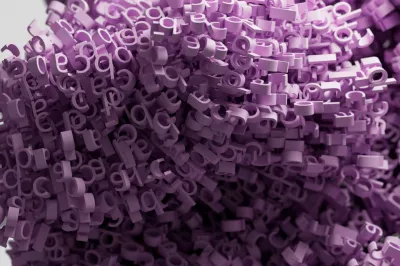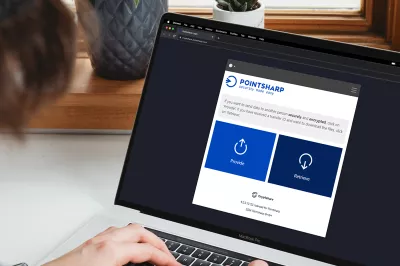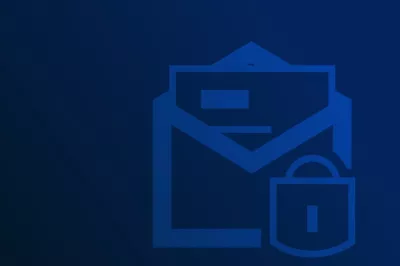Why FTP servers are no longer state-of-the-art
In the past, FTP servers were often used as an emergency solution. If a file was too large to be sent as an email attachment, the IT or marketing department uploaded it to the FTP server and copied it into the email as a download link.
In some organizations, this option was used so much that the IT department released specially created network drives to the staff. All folders and their files were then synchronized to the public FTP server on an event- or time-triggered basis, for example, via rsync scripts.
As practical and established as such processes may be, they are also problematic.
No access control is possible
FTP does have user names and passwords; in the above example, however, HTTP links were usually issued to recipients so that they did not have to overcome any further technical hurdles.
This results in a severe data security problem; since the recipient was already made aware of the folder structure and any file name conventions on the FTP server by simply looking at the HTTP link, they could change the link and gain access to further documents by simply trying around.
With FTP, there is no real traceability
Who accessed a file and when? Access to files is not logged by default.
Data is often not deleted from FTP servers
Experience over the past decades has shown that files are not deleted "just like that". Who in the company is supposed to keep track of which files can be deleted and when? If you delete a file, the phone will surely ring after a few hours because it is needed. The result is a real "data graveyard".
High effort if external persons are to provide data via FTP
From time to time, external communication partners such as customers, suppliers, or partners want to send larger files to a company. In the past, separate users and exclusive folders were set up on the company's own FTP server so that the company could retain "data sovereignty".
However, this means that the IT department is even busier with the administration of user accounts. The credentials for these must be communicated to the end users in each case - and in the worst case, the users must even be trained to use FTP.
How long these accounts will be needed and how long the data will be kept in the directories has not yet been clarified. Furthermore, FTP does not automatically notify users when data has been uploaded. After the upload, you have to send an email to the recipient yourself to let him know.
All in all, handling data transfers via FTP proves to be very inefficient and time-consuming. Precious time is something that employees would be better off dedicating to their main activities.
Resources Learn more about our solutions, us, and how we can help you.
Support Get help with our products and solutions.





